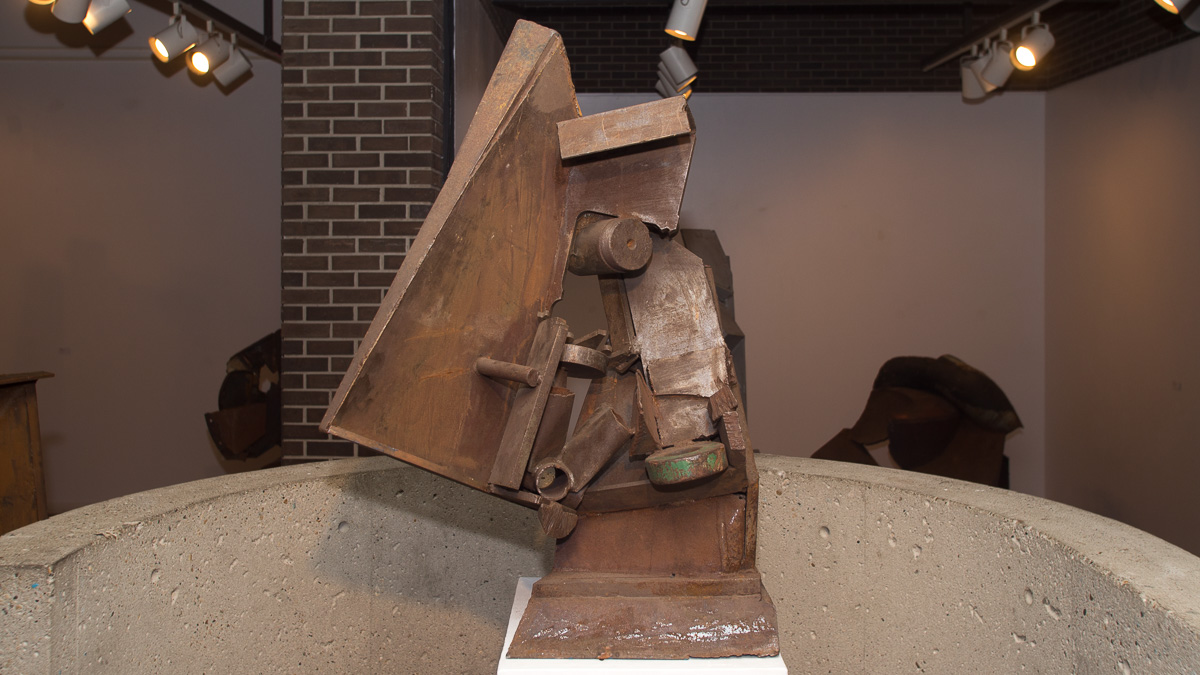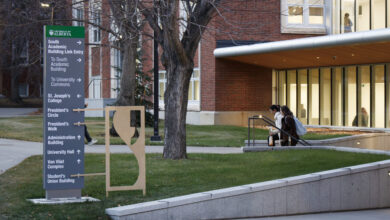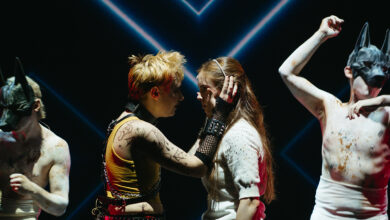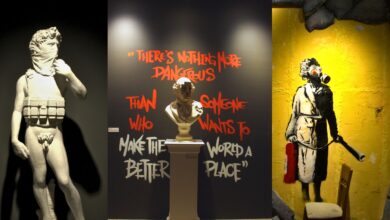Double Take: Peter Hide’s ‘A Sculptor’s Life’ and Michael Woolley’s ‘Performative Documents and the Labouring Body’
 Joshua Storie
Joshua StorieWhat: A Sculptor’s Life and Performative Documents and the Labouring Body
Where: FAB
By who: Peter Hide and Michael Woolley
Take One
Michael Woolley: Performative Documents and the Labouring Body
Within the first few pages of his thesis, Michael Woolley recounts his first visceral reaction to an art piece in the midst of a 36-hour “art bender” of visiting all the major art exhibits in New York. Such reactions are few and far apart, warranting actions that can alter the course of one’s life — in this case, Woolley’s journey to graduate school. The event of his MFA instantiates his life, and his life, the MFA. As a fellow student and reader, it affects your life as well — and vice versa.

Dealing with the process of writing as documentation, the visual aesthetic lies somewhere between The Truman Show and Kafka wrapped into an exhibit and visual performance. Taking cues from the performance art of Cassils, Woolley uses the human “body as a form of social structure.” The body of the academic at work acts as a receptor, tracking the documentation of their world. It also brings rise to a question of free will — to what degree is one’s agency affected by the materials which it interacts with? Woolley provides an extremely personal and intimate account of the seemingly physical and mental mundane banality of graduate school. His exhibit focuses on the phenomena of working on his MFA thesis — the event that underlies and instantiates the rapid sound of the pulse playing throughout the exhibit.

The piece Blood Vessel presents pink-toned flesh laced with exposed veins like blueberry-sorbet silk. The time-lapse at the entrance seems to drag on, hopeful that something exciting will happen, yet on the surface, nothing does. Throughout the exhibit the poses are unoriginal, and expressions, if any, are empty of psychological depth — yet these are among the most memorable pieces. Woolley’s exhibit displays a side of academia that is often overlooked — the side of a balance between caffeine and prescription drugs to help concentration that is not always met, the side of neurotic habits such as pulling hairs or counting the nose pores of the figure staring back from the mirror that seems more imperative a task than writing words, or the skill of swallowing a rapid heartbeat when speaking to an audience, that are often overshadowed by publications, bursaries, or the applause of a full lecture hall.

Michael Woolley’s exhibit brings awareness to the degree of self-agency, the body as a receptor to the world, and the phenomena of academia on a personal level and as a whole. This makes Woolley’s exhibit a special treat for the university community, one that is demystifying of the work behind an academic career, sympathetic to the realities of mundane life, and the commonalities that students from any background or discipline may share in their endeavour for knowledge.
Peter Hide: A Sculptor’s Life
Peter Hide’s exhibit displays confidence and comfort in his craft, arising from four decades of practice, and a professorship at the University of Alberta since 1977. Devoting his work to one material since 1964, one cannot doubt the expertise with which he works with steel. This devotion to the singular material shows both his intention towards sculpture as tradition, and sustaining the art in the future. However, I was not confronted by this same notion. The buildup of rust on certain sculptures gave a front of constant, untimely change, and an unsustainable craft material. The unpolished connection between each malleable piece of steel created brutalist sculptures that made me apathetic to their cause. The rugged characteristics and use of raw material in this sense is one that I find reactionary — art was, traditionally, meant to show technical skill and the appearance of real things. Nonetheless, optimistic comments of Hide’s pieces flood the internet. These types of positive interpretations perhaps hint towards the fact that we may need to be more willing to suppose that even if we do not find it beautiful, it can still be quite nice art in the eyes of another.
—Tiffany Gerla




